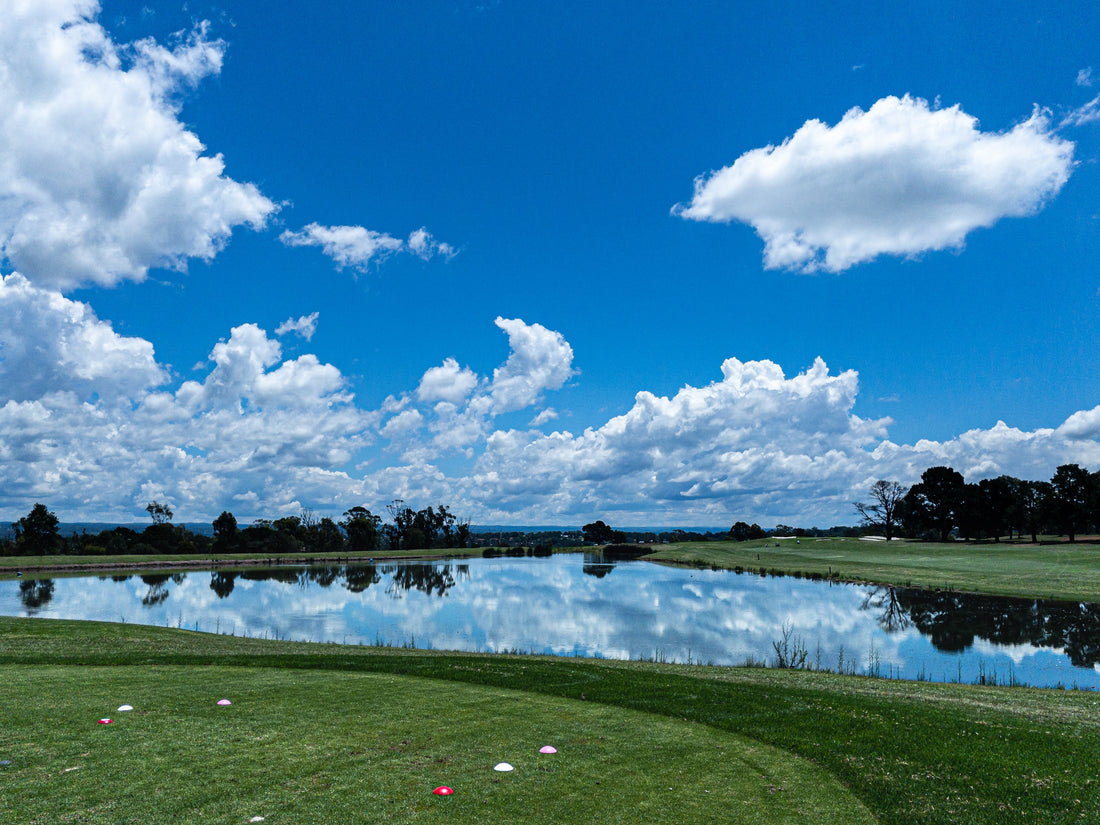Once you start regularly getting out on the course, it’s hard not to fall in love with the game of golf. But for all the quality time on the course, there comes a cost. And that cost is paid by the environment. If you’ve ever wondered, “Is golf bad for the environment?” Unfortunately, the answer is yes. In fact, it is the most polluting sport in the world. The way people use golf equipment and the lack of sustainable golf course management both falls into this, but the nature of the game and the way it’s played may leave some feeling as though nothing can be done to make golf more sustainable. Thankfully, identifying the roots of the problem leads us halfway to the solution for a more sustainable golf game.

Why Are Golf Courses Bad For The Environment
The first and most obvious factor as to why certain golf courses are bad for the environment is the sheer fact that golf balls can present themselves as a pollutant in golf. Players will know how easy it is to lose a ball, and just how many golf balls you can get through in a year. Despite numerous patent applications for golf retrieval devices, it is difficult to know with certainty how many balls are lost annually. It is estimated that 300 million balls are lost annually in the United States alone. Expeditions to the bottom of Loch Ness also revealed an alarming monstrosity; piles upon piles of golf balls. Since plastic takes thousands of years to decompose, all of this waste will just sit in the environment and slowly pollute it. The same can be said about golf tees, another large polluter. That’s why we’re spreading the good news about our sustainable bamboo golf tees.
However, perhaps the most significant polluter in the sport is the way that golf courses are maintained, and truthfully golf courses themselves are bad for the environment. Water is a precious but fragile resource, and it is also necessary for maintaining golf courses. The best grass requires regular watering. Hence, golf courses use a lot of water, a scarce resource that needs to be conserved. To get golf more green, collectively we have to come up with fresh remedies as a result of the issues that excessive water use causes.
Why Use More Sustainable Equipment?
So, are golf courses bad for the environment? Are there other areas of golf where sustainability comes into play? The answer is yes - using more sustainable golf equipment is a great start that any golf player can make toward making golf more sustainable. Buying sustainable clothing and equipment that can last you throughout the years may seem like a small thing, but if every player were to do it, then it would make a big impact. Similarly, making the switch to non-plastic golfing alternatives is a great way to do your part. That mound of plastic that was mentioned earlier, golf tees play a large part in that, so finding the right tee alternative for you is a great start. Our tees come in a range of colour-coded sizes, from small to large. Best of all, they’re made using sustainably sourced bamboo and do not cause harm to the environment if they are lost like a plastic tee does.

How To Address Water Consumption In Golf?
Herein lies a larger question which isn’t so easy to address. A radical but viable solution to stop courses from using so much water would be to make the switch to synthetic grass. However, the solution isn’t entirely elegant as that would pose more issues like how local wildlife interacts with the grass. Using different types of grass that do not need as much water could be a better solution, with strains like Zoysia tenuifolia being one of them. Some grounds in France are using rainwater or non-potable water to feed their grass, which is largely indifferent to its water source. Advanced irrigation systems can also massively reduce the amount of water needed to maintain the grass.
Of course, all of these solutions will likely be managed by a golf club or the golf club’s owner. As a player, the best you can do is to have a chat with the people that own the club and raise the issue with them. Raising awareness of the issue is never a bad thing, and afterwards, you can leave some potential avenues to explore for them. The more these issues become a factor in the way people play and spend their time golfing, the more clubs will have to take action to make sure they follow best environmental practices and we hope to see more golf courses that are sustainable and good for the environment.





